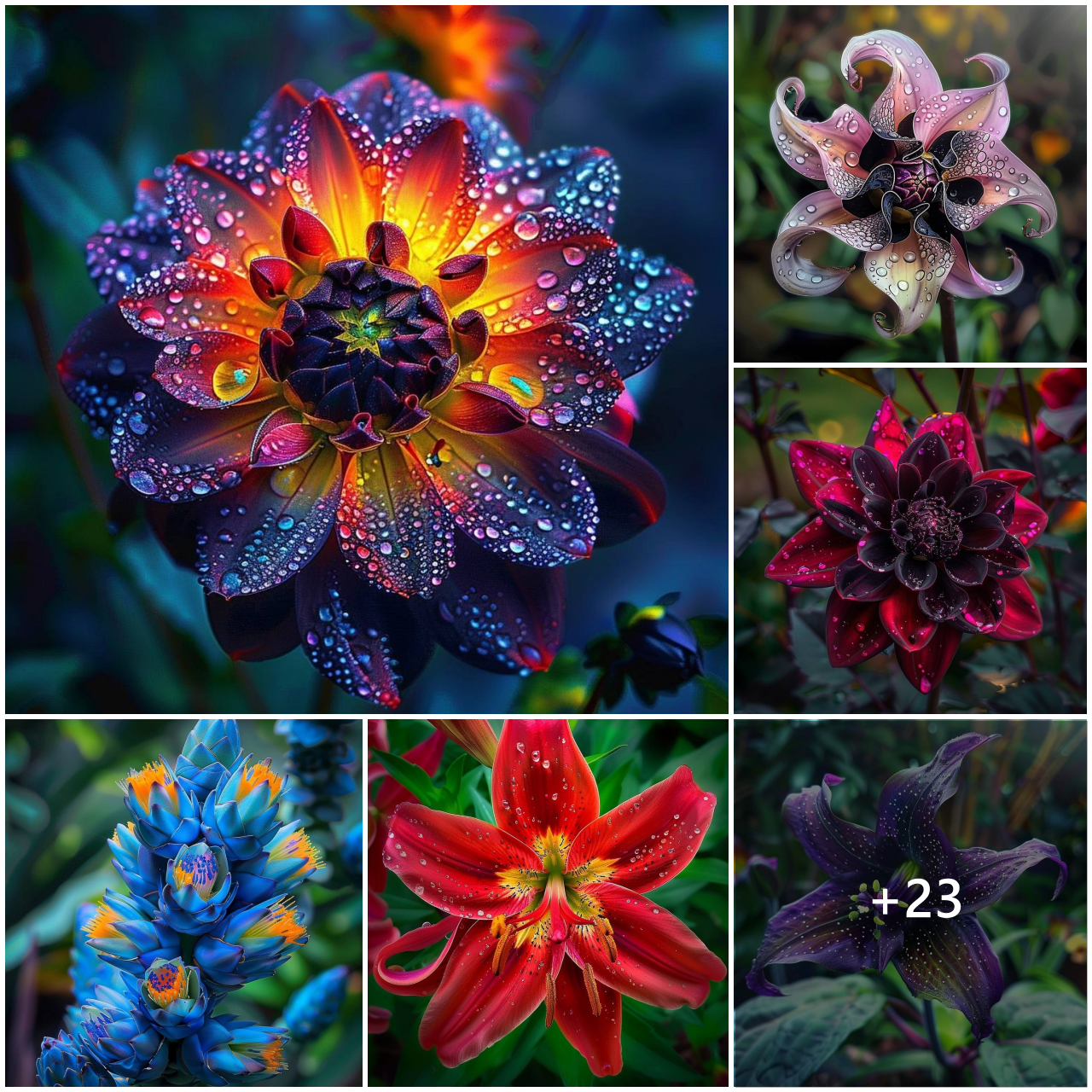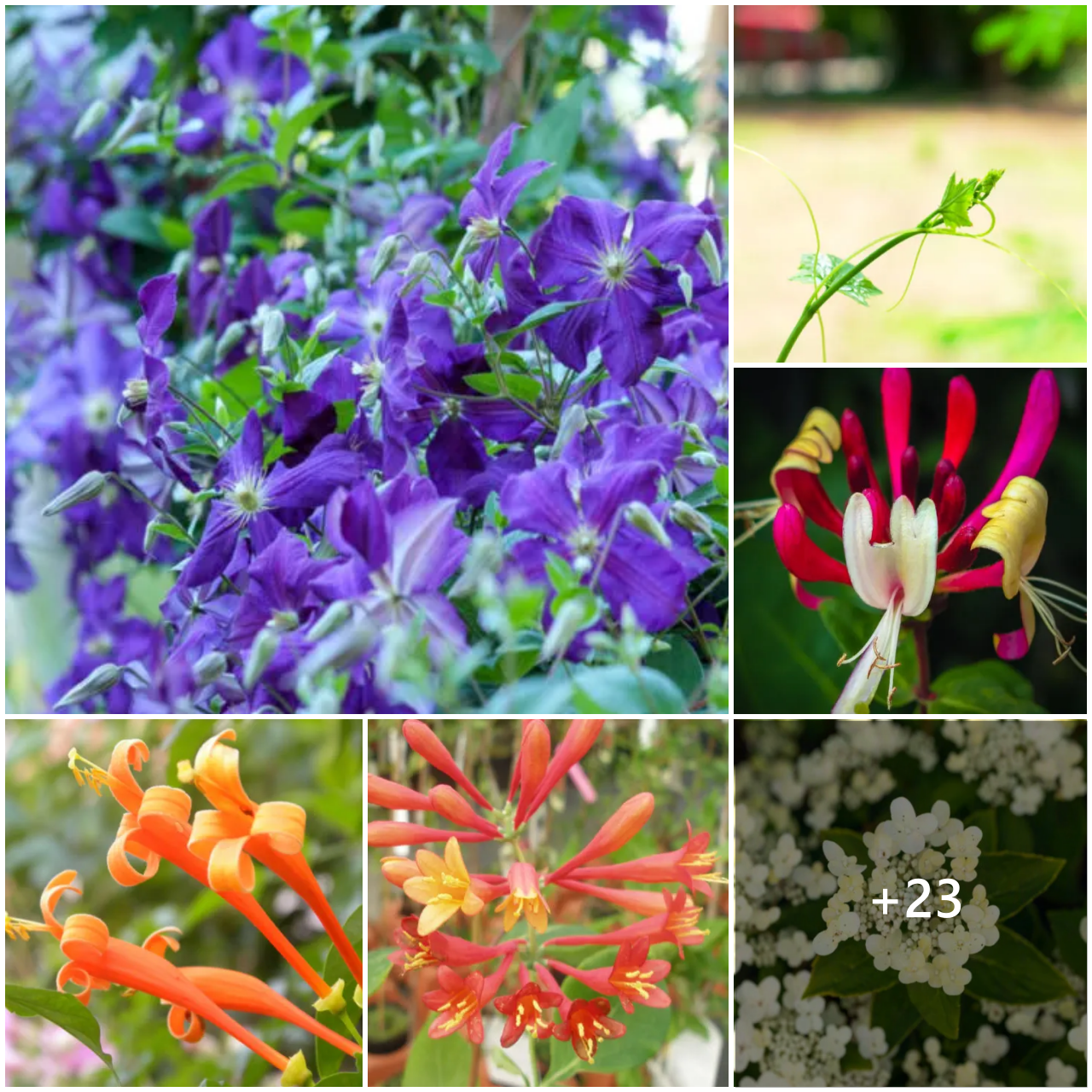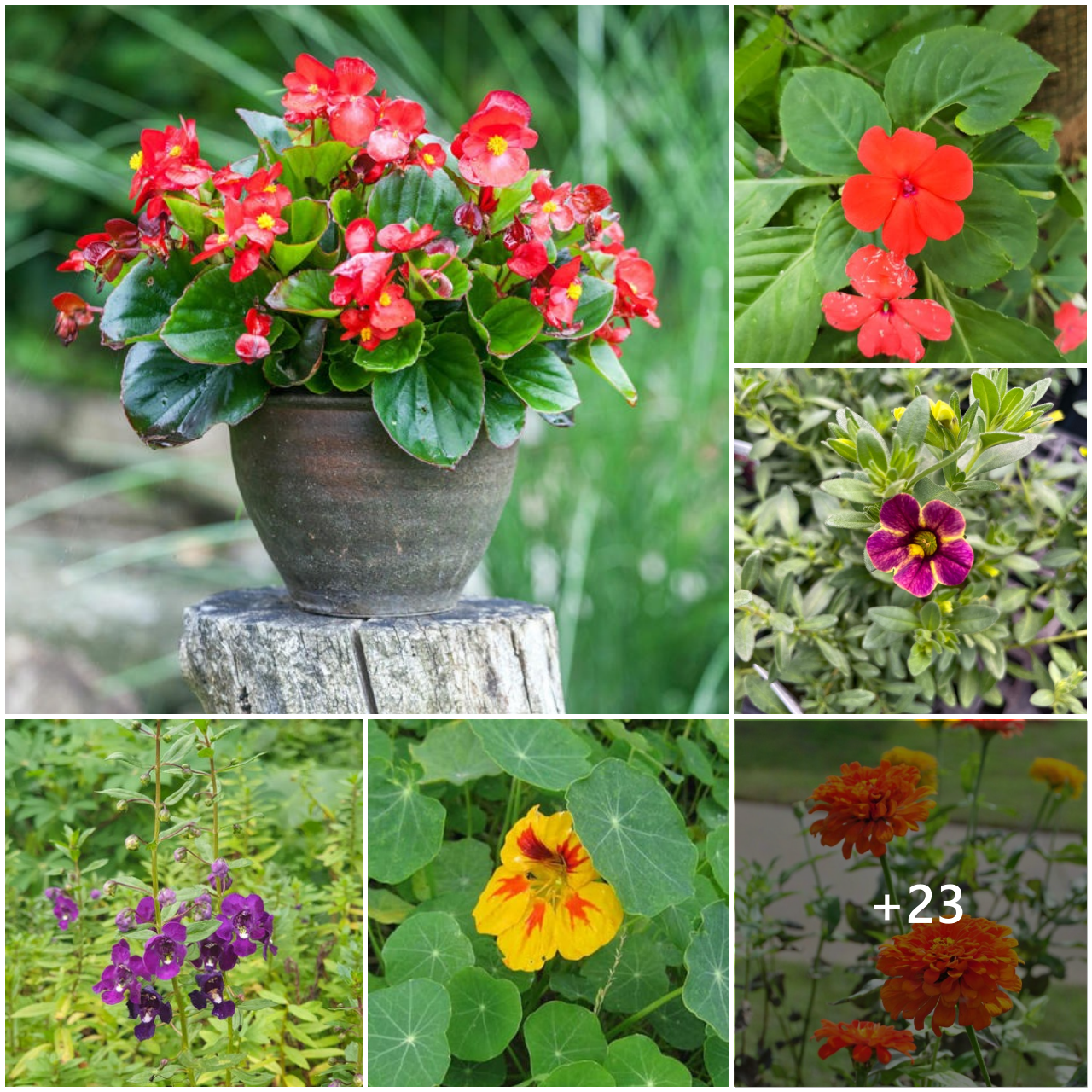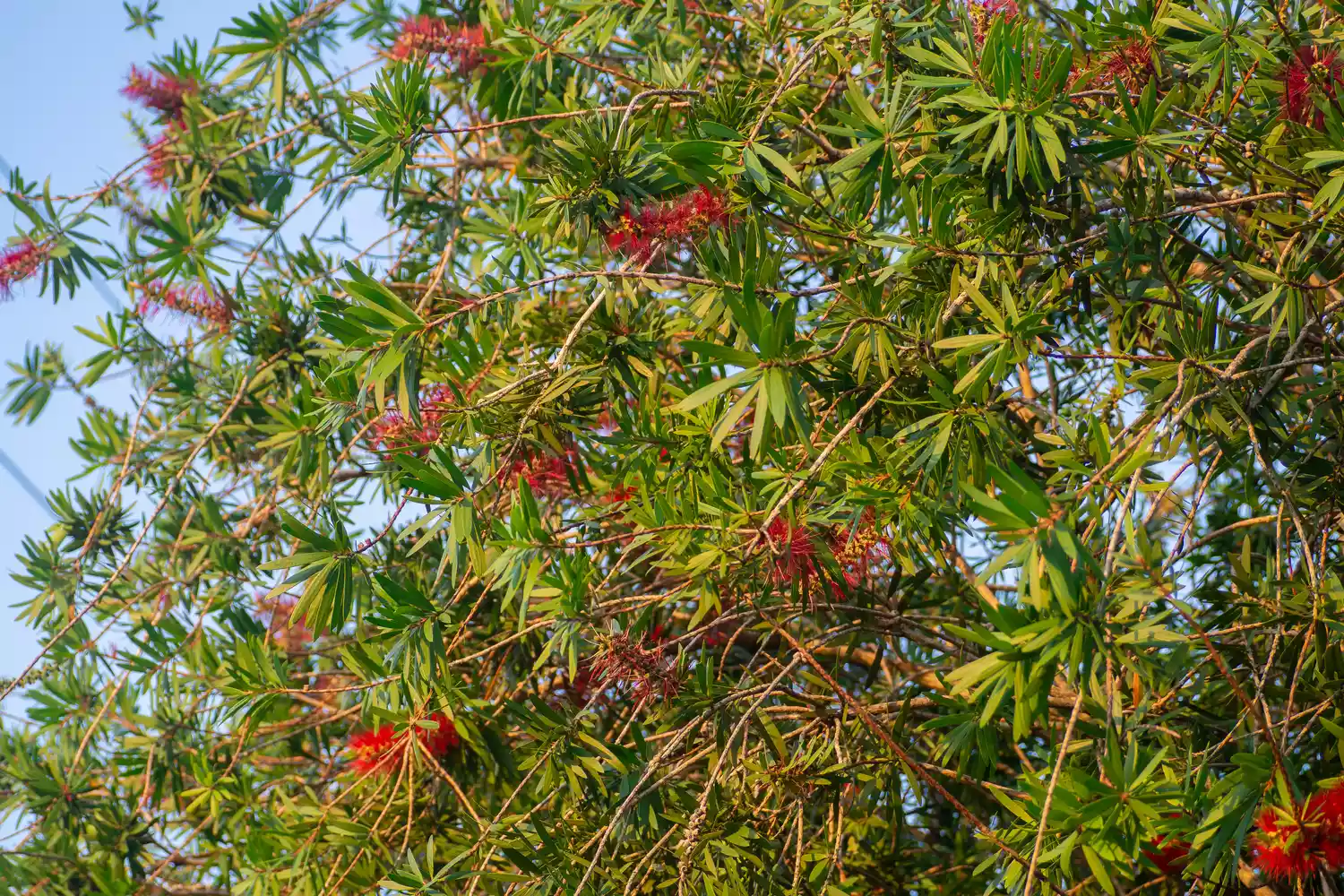
Gardeners in the Coastal and Tropical South love the fast-growing bottlebrush for its colorful flowers carried in dense spikes or round clusters with long, bristle-like stamens, hence the name bottlebrush. Hummingbirds love the flowers, too, which are followed by woody capsules that can last for years and may resemble rows of beads pressed into bark.
Some bottlebrushes are naturally dense and compact making good informal hedges; others are sparse and open (they can be pruned up to become small trees). Those with pliant branches can be grown as informal espaliers. Found in moist ground in their native Australia, bottlebrush can’t withstand waterlogged soil. This plant is usually tolerant of saline or alkaline soils but sometimes can suffer from chlorosis or yellow leaves with green veins. Bottlebrush will become severely damaged in freezing temperatures.
Plant Attributes
| Common Name | Red bottlebrush, Lemon bottlebrush |
| Botanical Name | Melaleuca citrina |
| Family | Myrtaceae |
| Plant Type | Tree, Shrub |
| Mature Size | 8-15 ft. tall, 8-15 ft. wide |
| Sun Exposure | Full sun |
| Soil Type | Loamy, Sandy, Clay, Well-drained |
| Soil pH | Acidic |
| Flower Color | Red |
| Hardiness Zones | 8B–11B (USDA) |
| Native Area | Australia |
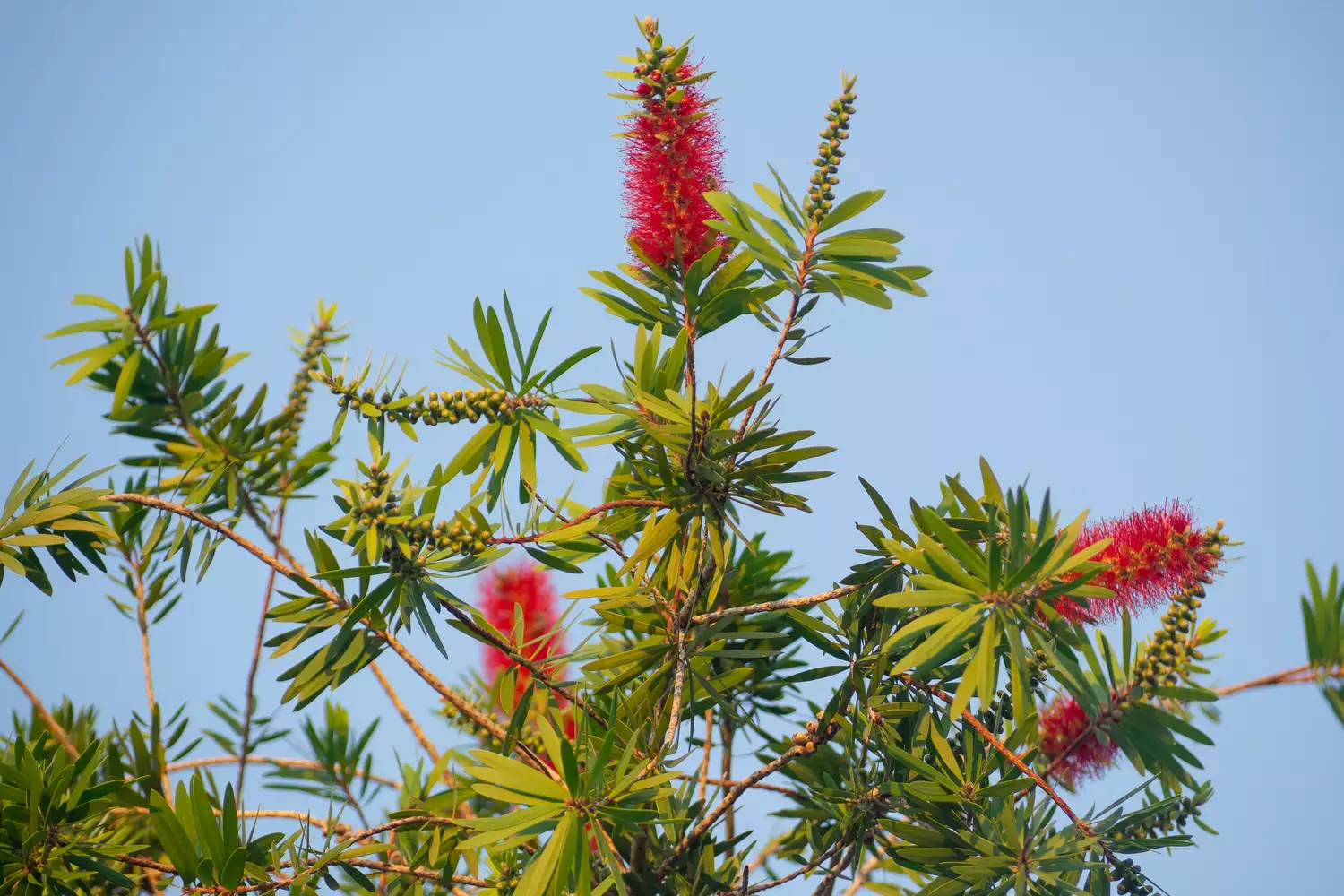
Bottlebrush Care
Usually purchased as a shrub, the bottlebrush can be shaped into espalier or pruned to take on a tree form. Plant bottlebrush in well-drained soil in full sun in Coastal and Tropical South gardens. To plant, dig a whole two or three times wider than the rootball. Tip: If you reserve the soil you’ve just dug up, now is a good time to amend it if needed. Replace the soil around the plant and water deeply. Spread mulch around the new plant. Bottlebrush requires little care if it receives sunshine, regular water, and soil that drains well.
Light
Bottlebrush needs full sun, or at least six hours every day, to bloom. If planted in shade, or if crowded by taller plants that block the sun, consider moving the bottlebrush or trim back other tall plants, if possible. Bottlebrush puts on a colorful show in the garden and shorting it on sunshine will limit its beauty.
Soil
Bottlebrush isn’t picky about the type of soil, but it needs to drain well. If it becomes water-logged, disease can set in. Conversely, if water can’t penetrate heavy soil, the roots won’t receive the deep water they need.
Water
Bottlebrush needs minimal care. If the climate is dry or rainfall levels are low, supplement with good waterings to provide moisture for the first year as the root system becomes established.
Types of Bottlebrush
Callistemon citrinus: Lemon Bottlebrush. Shrub or tree. Zones USDA 8-11. Most commonly grown bottlebrush; most tolerant of heat, cold, and poor soils. Massive shrub to 10–15 ft. tall and wide, but with staking and pruning in youth easily trained into narrowish, round-headed, 20- to 25-ft. tree. Nurseries offer it as a shrub, espalier, or tree. Narrow, three-in.-long leaves are coppery when new, maturing to vivid green. Bruised leaves smell lemony. Bright red, six-in.-long brushes appear in waves throughout the year. Variable plant when grown from seed; look for cutting-grown selections with good flower size and color, such as ‘Splendens’.
- Compared to the species, ‘Violaceus’ (‘Jeffersii’), about 6 ft. tall and 4 ft. wide, has stiffer branches; narrower, shorter leaves; and reddish purple flowers fading to lavender.
- ‘Mauve Mist’ is the same but can reach 10 ft.
C. Perth Pink: Shrub. Zones USDA 9-11. Dense, full growth to five to eight ft. tall and wide, with weeping branches and deep pink flowers to four inches long in spring and early summer. New growth is pink.
C. rigidus: Stiff Bottlebrush. Rigid, sparse shrub or small tree to 15 ft. with 10-ft. spread. USDA 9-10. Sharp-pointed, gray-green (sometimes purplish) leaves to five inches long. Spring and summer red flower brushes are four inches long. Produces prominent seed capsules. The least graceful of the bottlebrushes.
- Bred in Georgia, ‘Scarlet Torch’ has a compact form, growing nine feet tall and 12 ft. wide.
- ‘Clemson Hardy’ is a compact form (2–3 ft. tall and wide) with bright red flowers.
Melaleuca salicina: White Bottlebrush. Shrub or tree to 20–25 ft. tall, 10–15 ft. wide. USDA 8-11. Dense crown of foliage. Bright pink to copper new growth. Willow-like leaves two to three inches long. Pale yellow to cream-colored flowers appear in clusters in spring, and early summer. Train as a small shade tree or plant four to five ft. apart as a hedge.
Callistemon sieberi: Alpine Bottlebrush. USDA 7-11. Shrub. To three to six ft. tall and wide, with a somewhat upright habit. Small, dark green leaves densely cover the branches. Cream to yellow flowers bloom from late spring to midsummer.
Melaleuca viminalis: Weeping Bottlebrush. Shrub or small tree with pendulous branches. USDA 9-11. Fast growing to 20–30 ft. tall, with 15-ft. spread. Narrow, light green leaves and bright red, long brushes from late spring into summer; scattered bloom rest of year. Not for windy, dry areas. As a tree, needs staking, and thinning to prevent tangled, top-heavy growth. Leaves tend to grow toward the ends of long, hanging branches.
- ‘Little John’ is a superior dwarf form three feet tall and wide, with dense growth and blood-red flowers in spring and summer.
- ‘Captain Cook’ is dense, rounded, to six feet tall and wide; good for borders, hedges, or screens.
- ‘McCaskill’ has a denser habit than others, is more vigorous (to 20 ft. tall), and has better flower color and form.
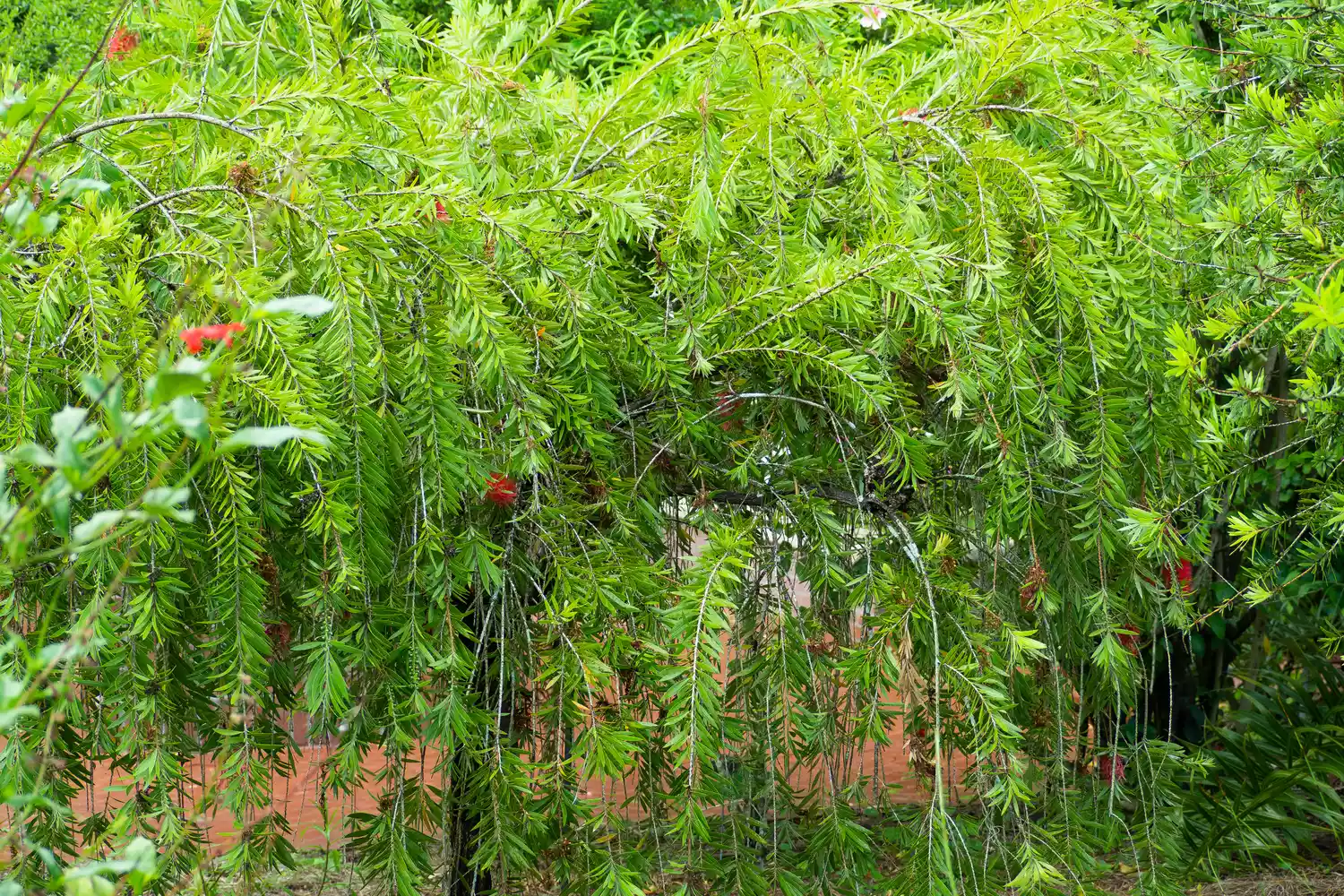
Pruning
Very little routine pruning is needed—just remove any weak or dead branches after bloom or before spring growth. Don’t cut into bare wood beyond leaves; if you do, bottlebrush may not send out new growth. Bottlebrush blooms intermittently all year, so consider pruning after late spring or summer flowers. Remove suckers from the trunk periodically.
Propagating Bottlebrush
Using clean pruners, take six-inch cuttings from semi-mature bottlebush wood. Pinch off the leaves on the lower half of the cutting and remove flower buds. Dip the cut end into hormone powder and set in a rooting medium.
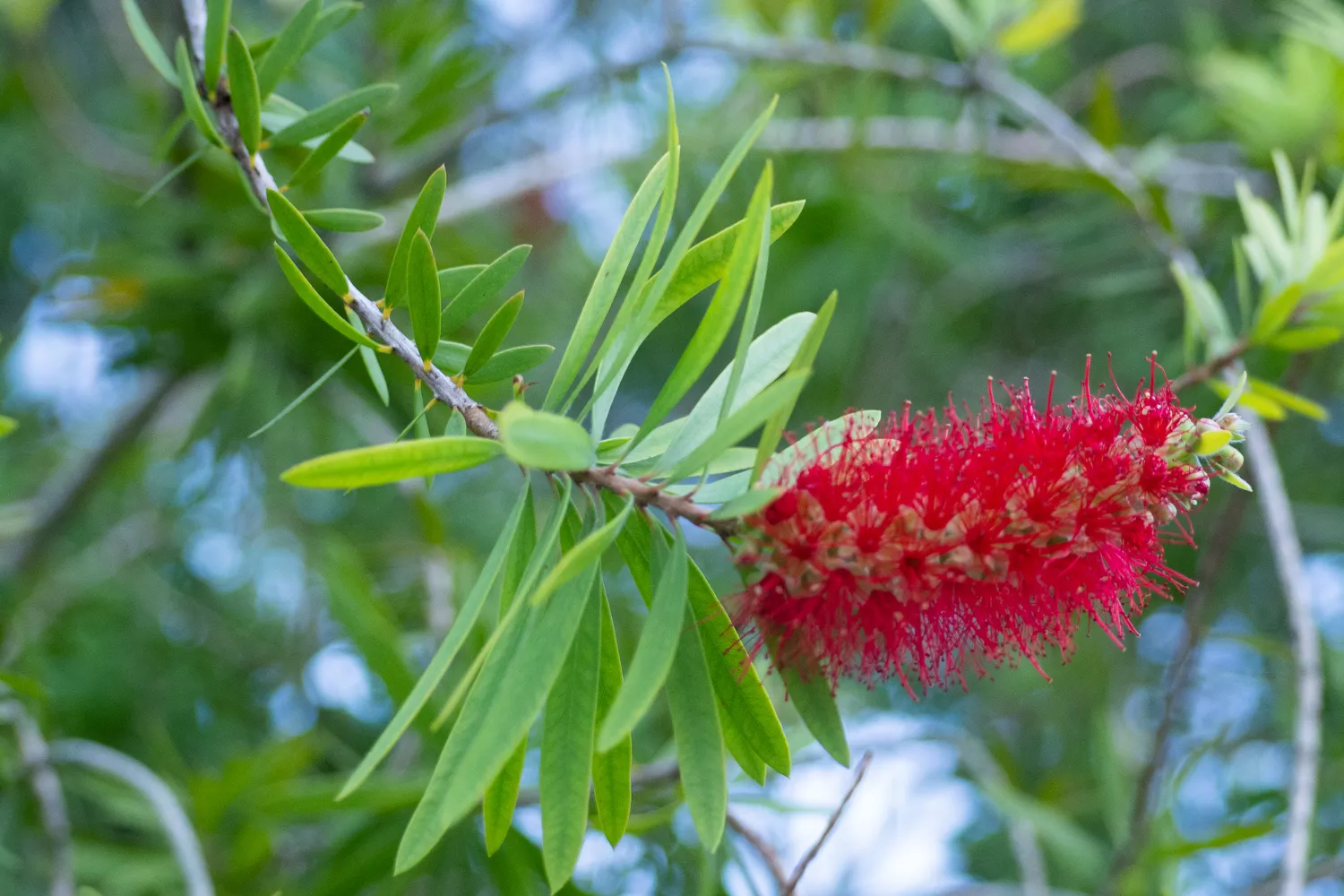
Common Pests & Plant Diseases
Bottlebrush is not susceptible to pests. But root and crown-attacking fungus can be a problem if the soil is overly moist, as can twig gall. If new branch growth looks bloated, remove growth and allow the soil to dry. To prevent disease, make sure bottlebrush has good air circulation and keep the plant on the dry side.


